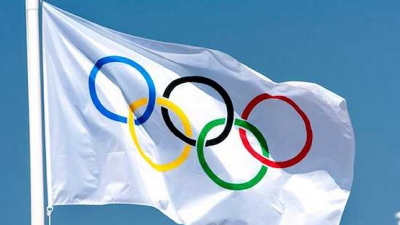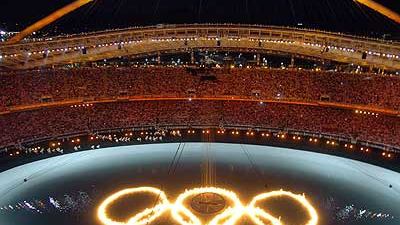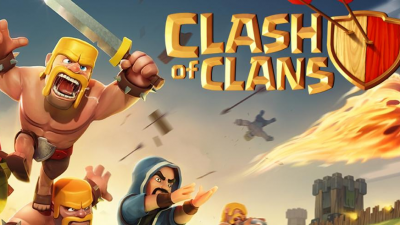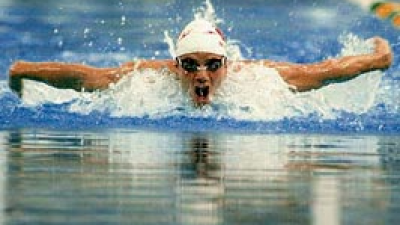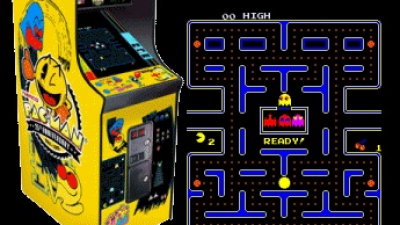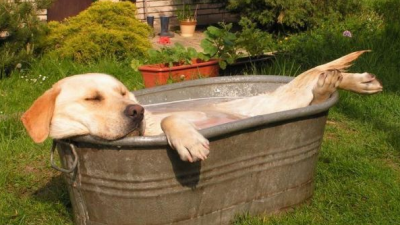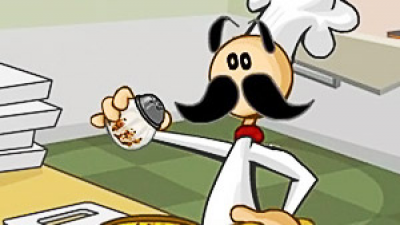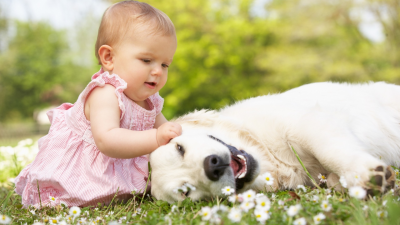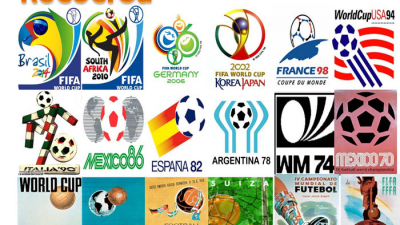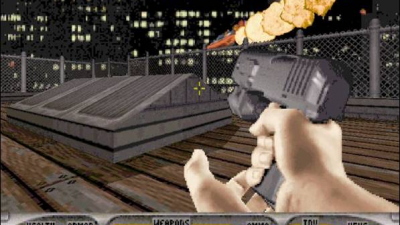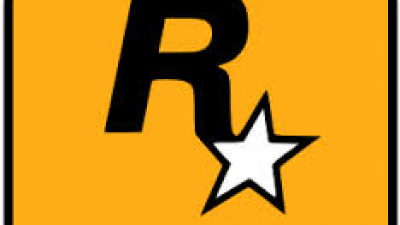Pets of the Olympic Games (1972-2012)
|
SPORT
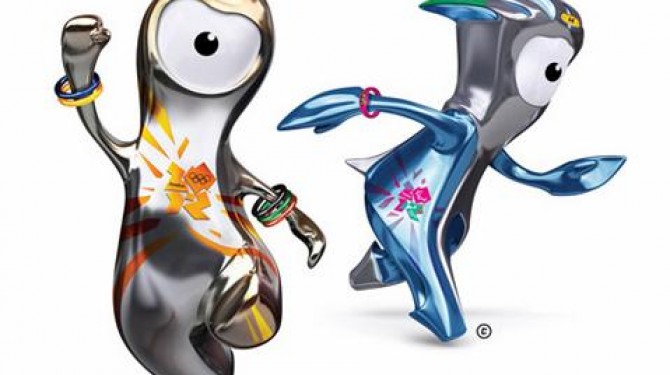
Source: listas.20minutos.es
The mascots of the Olympic Games or Olympic Mascots are one of the main symbols of each of the Olympic events. The mascots are, usually, animals or anthropomorphic figures representative of the area of realization of the Games or of the event itself. Currently, pets are important elements for the various licensed products that are generated around the Games. The mascots began to be used in the Olympic Games starting in 1968 Grenoble and, at the level of the Summer Games, from Munich 1972. Previously, in the Olympic Games of Mexico 1968 the image of a red jaguar was used to identify the event although its use was quite less than that of a traditional pet.
TOP 11:
Amik (Montreal 1976).
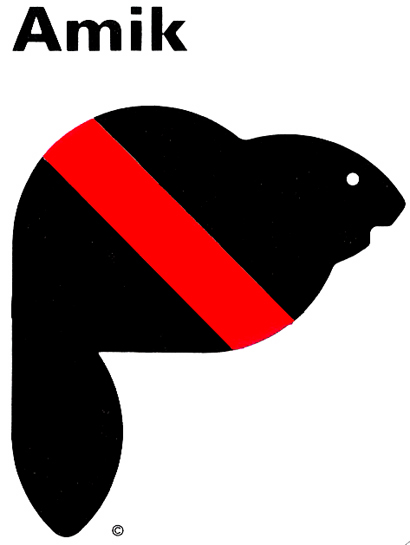
Amik was the mascot of the Olympic Games of Montreal in Canada in 1976. This mascot represents an emblematic animal of Canada: the beaver. The name of this mascot, "Amik", means just beaver in the Indian language of Algonquin, a region in northern Canada. Amik represented the friendship, patience and hard work that helped the structure of Canada. He wore a red sash, just like the tapes on which the medals of the 1976 Games were hung.
TOP 10:
Athenà and Phèvos (Athens 2004).
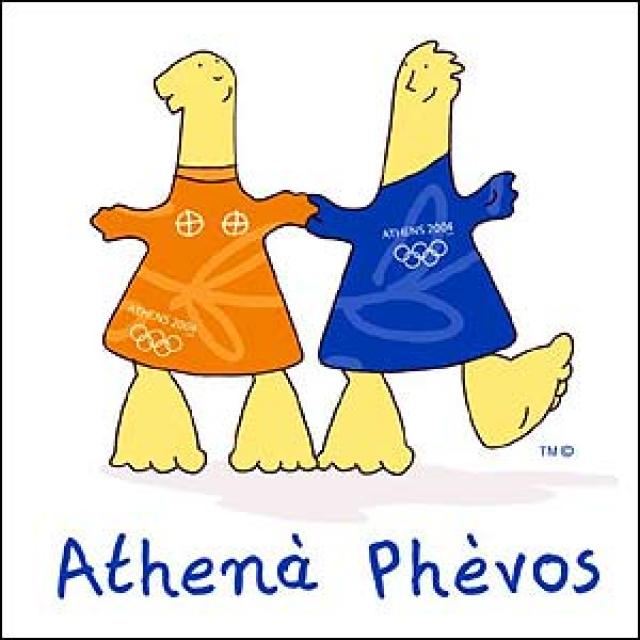
Athenà and Phèvos (Αθηνά και Φοίβος, in the Greek alphabet), were the official mascots of the Athens 2004 Olympic Games. Their names in Spanish are Athena and Phoebus. The origin of the names of the mascots come from some deities of Ancient Greece. Phoebus is one of the many names of Apollo, god of light, music and sport, while Athena is the goddess of wisdom and protector of the city of Athens.
TOP 9:
Izzy (Atlanta 1996).
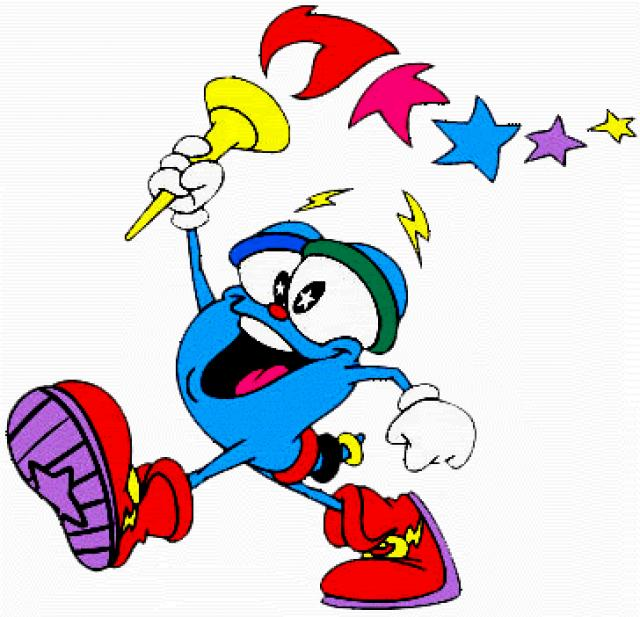
Izzy was the mascot of the Olympic Games of Atlanta 1996, created by the American designer John Ryan. It is a blue anthropomorphic character, made with computer animation, which can be transformed into different forms. Originally called Whatizit, the first version was presented at the closing ceremony of Barcelona 1992. After a cold reception from the public, the 1996 Atlanta organization asked its creator for a redesign. Izzy is considered a commercial failure in the history of the Olympic Games.
TOP 8:
Olly, Sid and Millie (Sydney 2000).
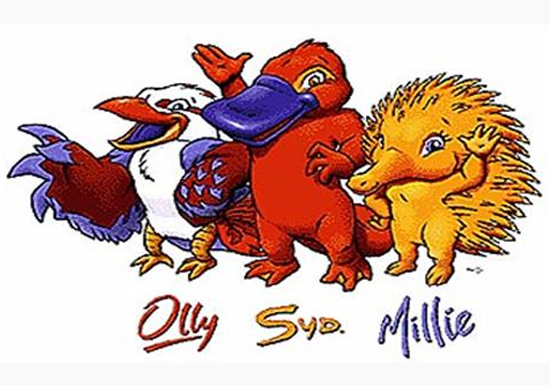
In 2000, the Olympic Games were held in Sydney, Australia. For the Olympics of the new millennium three pets were created with features of other animals typical of the country. Their names are: Syd, Millie and Olly. Syd: This pet is a platypus, an animal that is the size of a rabbit but with large jaws that look like a beak. His feet are webbed and he looks a lot like ducks. It has a long, flat tail measuring 50 centimeters. He usually lives in the south and in the west of Australia, although they have also been found in Tasmania. The name of this mascot arose as a tribute to Sydney the site of the last Olympics in 2000. Syd is the spirit of competition, strength in sports and encouragement of competitors. Syd was a big fan of the athletes and of all the people who love sports. This mascot tried to encourage the participants so that all aspired to Olympic gold, the best prize in competitions. In addition, she tried to take care of the man-Environment relationship and for that reason she was chosen as defender of nature. Millie: The mascot Millie has a figure similar to that of an echidna, an animal typical of Australia. Millie is a female character, who lives in Millenium Park, a place in Sydney. It was created trying to imitate a modern woman. Its main characteristics are intelligence and creativity. Its name comes from the word "millennial", since the 2000 Olympiad was held at the turn of the millennium and represents the hope of the new era. Olly: Olly is a pet that imitates a kookaburra that is a typical bird of Australia that has feathers of many colors and very striking. What is most surprising about this animal are its loud screams. Live in the highest treetops of the country. Olly's name comes from the word "Olympiad" and as you can see it is very similar. This mascot represents friendship, exchange, variety of cultures, along with the companionship and Olympic spirit that are present in international competitions and is as important as winning a gold medal. The creators of the mascot Olly wanted it to have the following characteristics: good humor, very expressive and communicative. But above all fun. In addition, he was in charge of protecting the Olympic Rings during the Games.
TOP 7:
Sam (Los Angeles 1984).
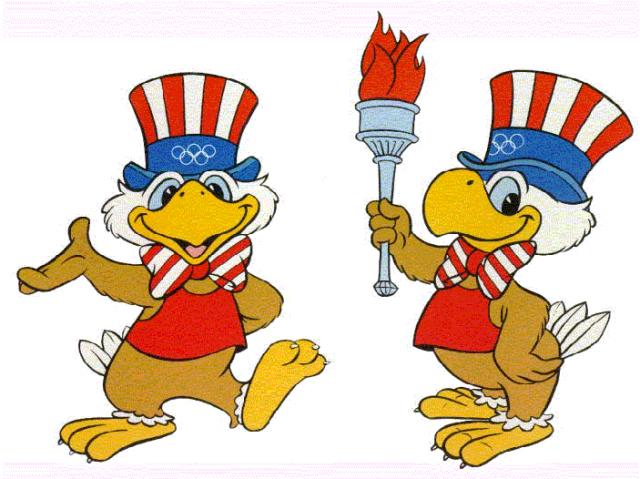
Sam, the Olympic Eagle, was the mascot of the Olympic Games of Los Angeles 1984. It is a bald eagle, national symbol of the United States. It also shares name with Uncle Sam, another national symbol. The mascot was designed by C. Robert Moore, an artist of the company Disney.
TOP 6:
Hodori (Seoul 1988).
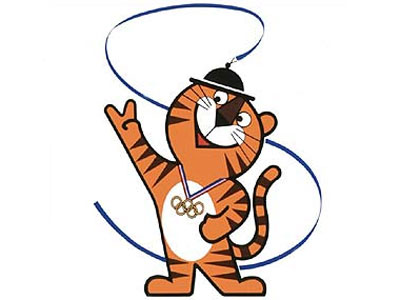
Hodori, in Korean: 호돌이, was the official mascot of the 1988 Summer Olympics, which was held in the city of Seoul (South Korea). This stylized tiger was designed by Kim Hyun in order to present a cheerful animal that represented the friendly and hospitable traditions of the Korean people. Hodori's name was chosen from 2,295 suggestions sent by the public. "Ho" derives from the word "tiger" (horangi, 호랑이 in Korean) and "dori" is a diminutive used to designate children. There was also a female tiger named Hosuni, but it was rarely used. In addition, "Hodori" is the name of the Korean National Taekwondo Demonstration Team, which also uses the Hodori tiger as a symbol.
TOP 5:
Waldi (Munich 1972).
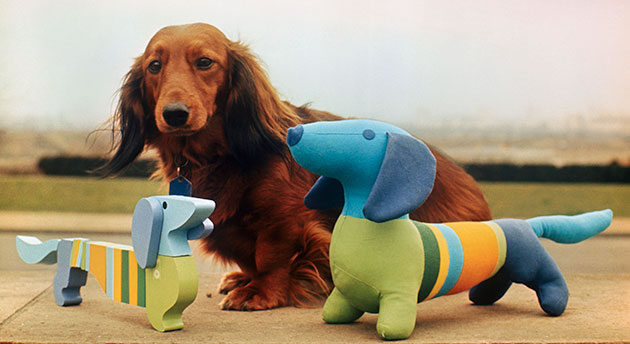
Waldi was the mascot of the Olympic Games of Munich 1972, created by the designer Otl Aicher. The design model was a Sausage Dog, characteristic of Bavaria. It was the first mascot of the Olympic Games and was characterized by its color given that the head and tail were light blue and the body was formed by yellow and green stripes. These colors represent three of the five Olympic colors. The mascot had a great reception and was reproduced in numerous objects, this caused that since then each Olympiad has had its mascot.
TOP 4:
Beibei, Jingjing, Huanhuan, Yingying and Nini (Beijing 2008).
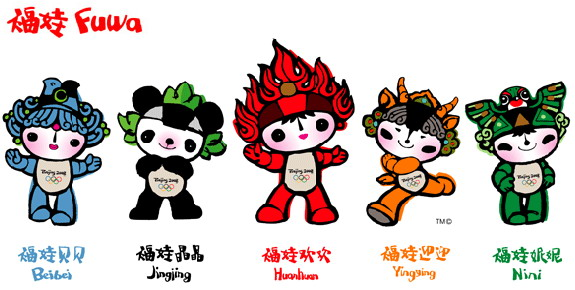
Beibei, Jingjing, Huanhuan, Yingying and Nini are the mascots chosen to represent the Beijing 2008 Olympic Games (English: The Friendlies, "the friendlies"), while in Chinese they use the name 福 娃 (Fúwá, meaning "Children of the good luck"). They were premiered in society by the National Society of Classical Chinese Literature Studies, on November 11, 2005, at 1,000 days from the start of the Games. The name of the mascots corresponds to a repetition of the syllables of the phrase 北京 欢迎 你 "Běijīng huānyíng nǐ" (Beijing welcomes you). After much controversy regarding which animal should represent the country (shuffling the options of the panda, the monkey, the tiger and the dragon among others) were chosen five animals characteristic of the country. The choice of these animals contains much symbolism as they represent the five colors of the Olympic rings and the five traditional Chinese elements (metal, wood, water, fire and earth).
TOP 3:
Misha (Moscow 1980).
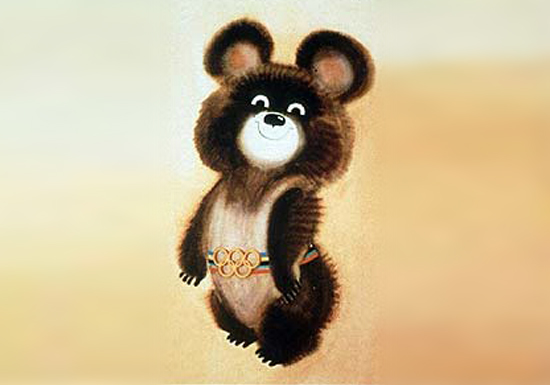
Misha (Миша) is the name of the mascot of the 1980 Moscow Olympics. Misha was a brown bear, designed by the Soviet illustrator Viktor Chizhikov. With Misha the concept of mascot was introduced for the first time in a sporting event and for this they chose a patriotic symbol, the brown bear. Various products were sold around the world with their image (cases, stuffed animals, ... that still persist in the memory of some).
TOP 2:
Wenlock and Mandeville (London 2012).
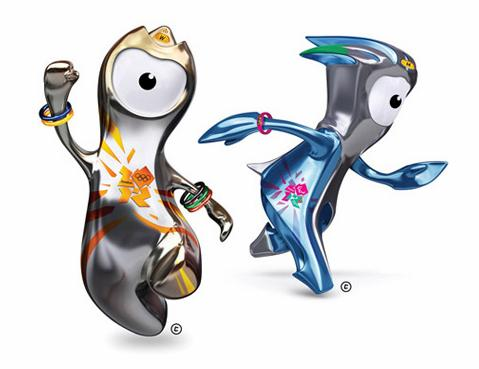
Wenlock and Mandeville, for the Olympics and the Paralympics respectively. Wenlock is a metal doll with orange lines and Mandeville is also made of metal but with blue and fuchsia lines. They walk on a rainbow, and according to the story told by the video "over the rainbow" were created by one of the builders of the Olympic stadium who decides to make dolls for their grandchildren when they retire, the song is performed by Carrie and Tom Fletcher.
TOP 1:
Cobi (Barcelona 1992).
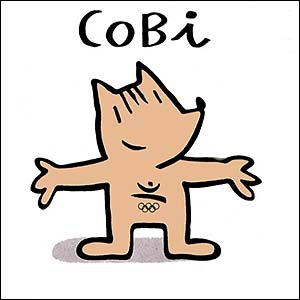
Cobi was the mascot of the Olympic Games of Barcelona 1992, created by the Spanish designer Javier Mariscal. Presented officially on March 15, 1988, it represents a cubist-style dog, inspired by the race of the Catalan shepherd (gos d'atura). Its name is based on the initials of the Organizing Committee of the Barcelona Olympics (COOB). Although initially received a cold reception, the acceptance of Cobi increased as the Olympic Games approached, to become one of the pets with greater acceptance in the history of the event. In addition to Cobi, the series The Cobi Troupe was created, which included a universe of characters like Petra, a stylized girl without arms, designed for the Paralympic Games.

